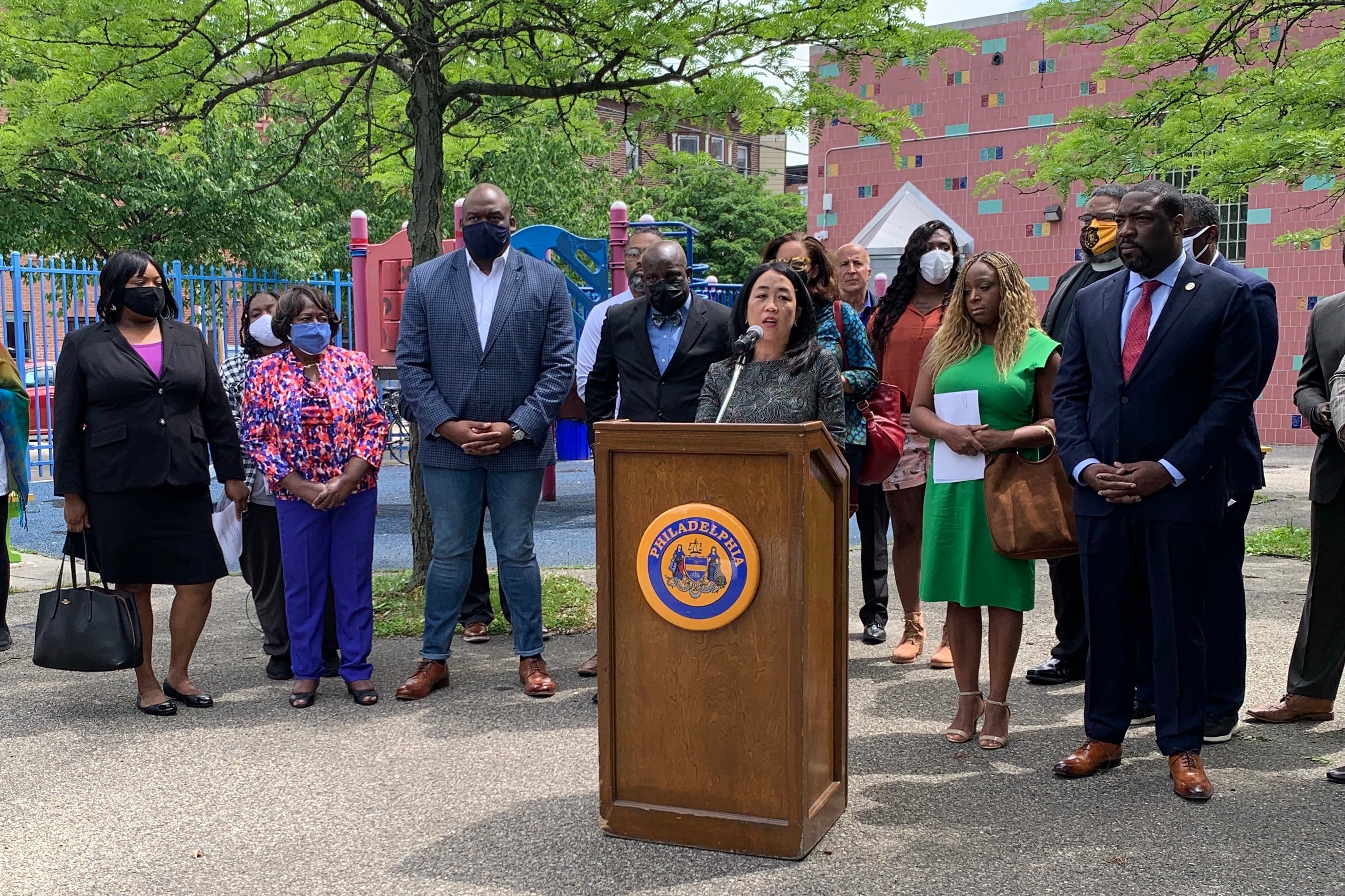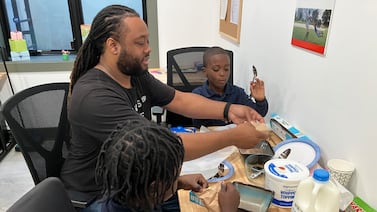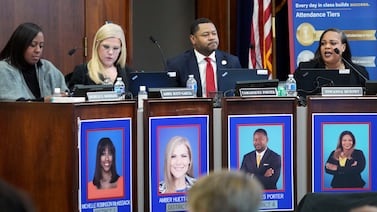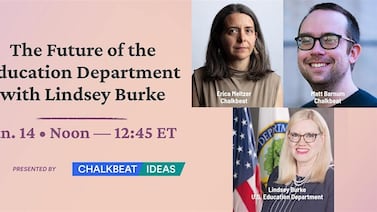Calling gun violence among youth in Philadelphia an epidemic, seven city council members urged Mayor Jim Kenney to treat the problem as a public health crisis and use at least $50 million of the city’s federal stimulus funds to significantly increase spending and coordinate programs for young people.
At a press conference held at the Hawthorne Recreation Center in Queen Village, council members, clergy and advocates repeatedly called addressing the city’s escalating gun violence a matter of racial and social justice, and said the city wasn’t investing enough.
“This anti-violence agenda makes clear, we are targeting resources where they are needed the most,” said Council member Helen Gym, chair of the City Council Committee on Children and Youth, which spent months meeting with young people as well as educators, policymakers, community leaders and medical professionals before issuing a report called a “youth-powered anti-violence agenda.”
In these meetings, young people made clear “we are not reaching them where they need to be,” she said — in programs run by people they trust that offer conflict resolution strategies, deal with trauma, and provide employment.
“Meaningfully addressing gun violence requires us to center the voices of those with direct experience,” said Gym. “Those who live in the most impacted communities know what they need best.”
The committee’s report said that with $1.4 billion coming to the city through the American Recovery Act, gun violence should be treated as “an epidemic that demands an emergency response.” The $50 million is a “minimum,” Gym said.
“We have a historic opportunity with the American Recovery Act to make meaningful investments in these life-saving initiatives,” said Council member Jamie Gauthier. “I hope we use this infusion of funds as an opportunity to reflect the fact that eradicating gun violence is a public safety priority, a public health priority, and a racial justice priority all wrapped into one.”
The report said that the city’s attention on stemming violence among youth should be addressed through “a trauma-centered public health and community-building lens, not through punishment and surveillance.”
The $50 million in federal funds should be used to expand programming for youth, fund more trauma counseling, guarantee summer jobs, and provide stable funding for community groups that have a track record of stemming violence through conflict resolution and restorative justice approaches. The city should also keep open recreation centers until midnight and staff them with trained counselors, the committee said.
Money should be targeted to the 10 zip codes and 25 schools in the city that are most affected, according to the report.
The $50 million would cover the council committee’s youth-focused agenda. A coalition of faith-based communities also are calling for a $100 million investment in anti-violence programs generally. “We cannot let the gun violence epidemic rage out of control,” said Rev. Robert Collier, president of the Black Clergy of Philadelphia, noting that there have been 500 gun deaths this year in the city and 2,249 shootings.
“Nothing is more important to the mayor and this administration than reducing gun violence and saving lives – especially the lives of innocent children,” said a statement from Kenney’s office. Many of the committee’s recommendations are already in the proposed budget, particularly those to increase summer job opportunities for youth, it said.
“We’re also working on a citywide, interagency response to deploy trauma supports for victims of violence, expand grant funding for anti-violence youth programs run by community partners, and much more,” the statement said. The mayor and council are currently in negotiations to finalize next year’s budget and five-year spending plan.
In its report, the council committee also urges rejection of Kenney’s proposal in his next budget to cut wage and business taxes. They noted that the budget for the Parks and Recreation Department has been cut over the past several years.
Since January, 2020, 822 people under the age of 21 have been injured or killed by gun violence, and half those incidents involved youth connected to 25 high schools in the city, according to district data. Eight are district-run neighborhood high schools, six are charter schools (including one cyber school), and 11 are alternative schools, most run by private providers, for students who have fallen behind academically for disciplinary or other reasons.
Of that group, two-thirds were not actively enrolled in school, either because they graduated, dropped out, were sent to placement, transferred, “or were otherwise disconnected,” Gym said. “That’s why we are focused on schools and institutions and unpacking exactly what it is we must do to coordinate among schools most deeply involved as well as finding strategies to re-engage with youth.”
The impact on schools can be devastating, said Le’Yondo Dunn, principal of Gratz High School in Nicetown, a former district school now run by Mastery Charter.
“In one terrible week this year two months ago, my school community lost two students within a 24-hour time period,” said Dunn. “In that same week, a recent alumnus was killed, and another student was injured by gun violence. Can you imagine that week for my students, my staff, my families? It was a heart wrenching experience...this should not be the lived experience for our students and their families.”
Council member Kendra Brooks, who lives in Nicetown and, like Gym, started her public life as an education advocate, described a night not long ago when one of her daughters came to tell her something.
“She said ‘you remember such-and-such, whose son’s birthday party was Saturday?’...She said, ‘he was killed last night’….when the shootings happen down the block, I know the faces on both sides.”
Funneling more resources into law enforcement and incarceration is not the answer, she said. “Time and time again, hundreds of millions of dollars does nothing for Black and brown communities most harmed by gun violence.”
Two members of the Board of Education, Angela McIver and Reginald Streater, gave brief remarks. After reading a statement from the board, McIver noted that last week she was the lone vote against the district’s budget because it was spending only $9 million on athletics and $30 million on school safety officers. “How we allocate our resources says everything about what we believe about our children, what we believe about who they are and what they deserve,” she said.







